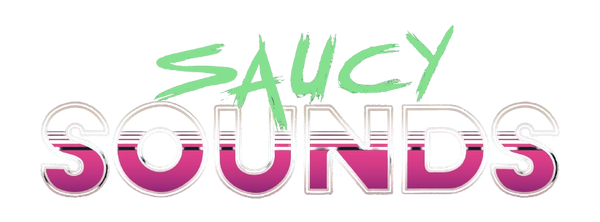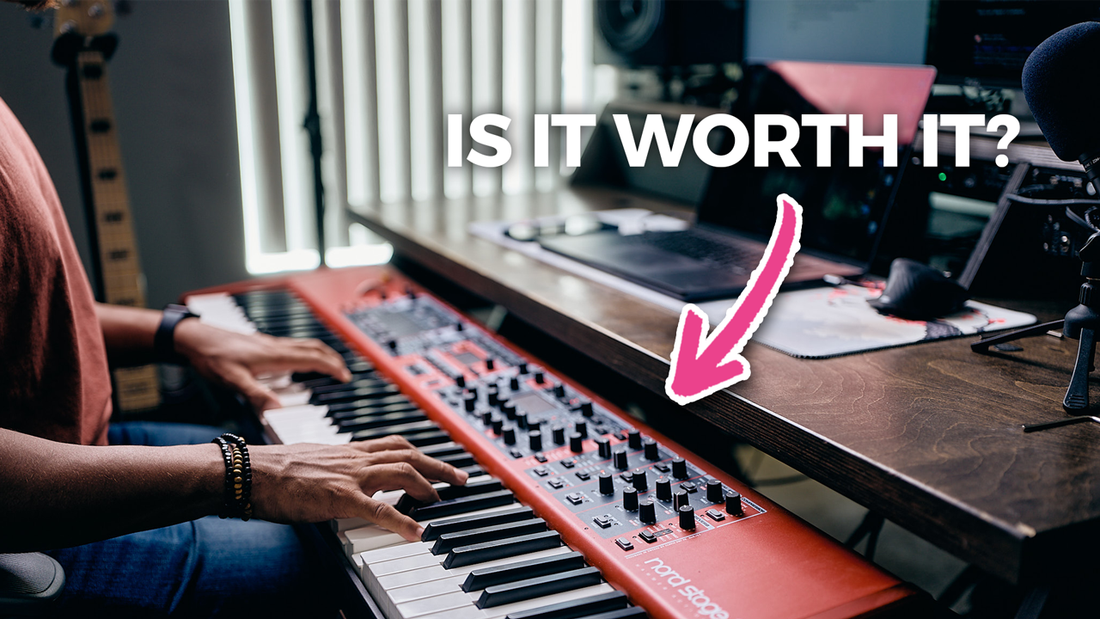
Nord Stage 4: Should You Upgrade or Pass?
Share
The Nord Stage 4 has made waves in the music community, and for good reason. With its hefty price tag, many are questioning whether it's worth the investment. Let's dive into the features, improvements, and whether you should consider upgrading from your current keyboard.
Key Bed Improvements
The first major upgrade that stands out is the key bed. The Nord Stage 4 features a triple sensor weighted hammer action on the 73 and 88 key models, which is a significant improvement from its predecessor. The compact version retains the waterfall keyboard but also includes the triple sensor upgrade.
For many musicians, especially pianists, this enhancement allows for greater nuance in playing. Having three sensors means you can capture more subtle dynamics, which is something I missed when using the Nord Stage 3 compared to an actual piano.
Imagine having multiple sounds at your fingertips without the hassle of flipping pages. If I have two different patches per song, I can access four songs' worth of sounds instantly. Accessibility is crucial for live performances, and this upgrade addresses that need effectively.
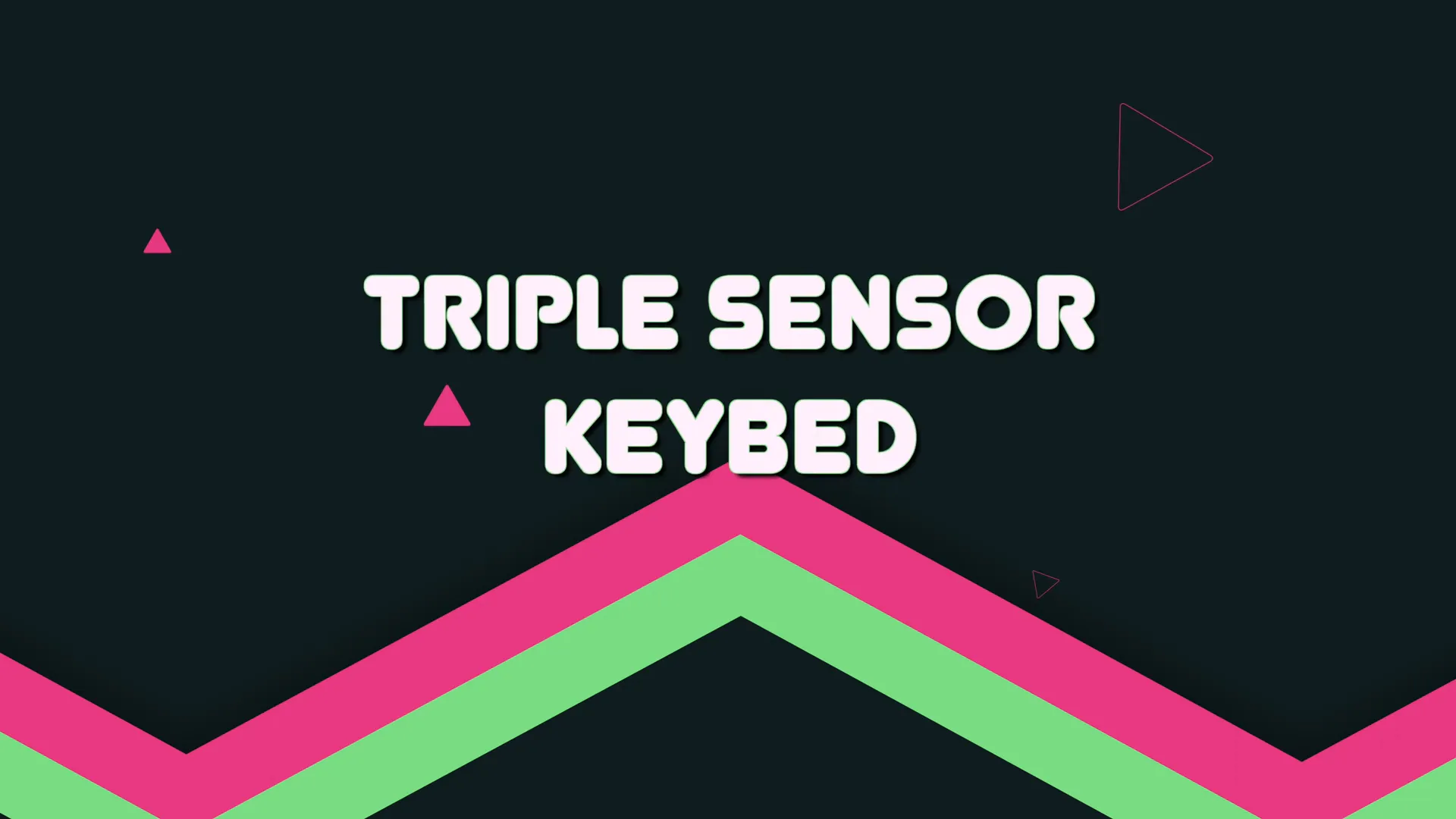
Dynamic Compression: A Game Changer
Next up is the dynamic compression feature. This is a sleeper function that many might overlook. The dynamic compression levels out your playing beautifully, smoothing out the overall sound. While the standard compressor on the Stage 3 was good, it was somewhat limited.
Previously, achieving a thick piano sound required sacrificing an entire panel for piano unison. Now, with this feature, you can maintain your desired sounds without compromise. This flexibility in sound design is a definite win for the Nord Stage 4.
Physical Drawbars: Enhancing the Organ Experience
Let's talk about drawbars. What is an organ without drawbars? Having physical drawbars on all models is a huge improvement. Organ players will find this feature essential, enhancing their playing experience significantly.
You can now store your drawbar settings within your presets, ensuring that your sounds are always ready when you need them. This feature is a dream come true for organists and adds a layer of convenience that was previously lacking.
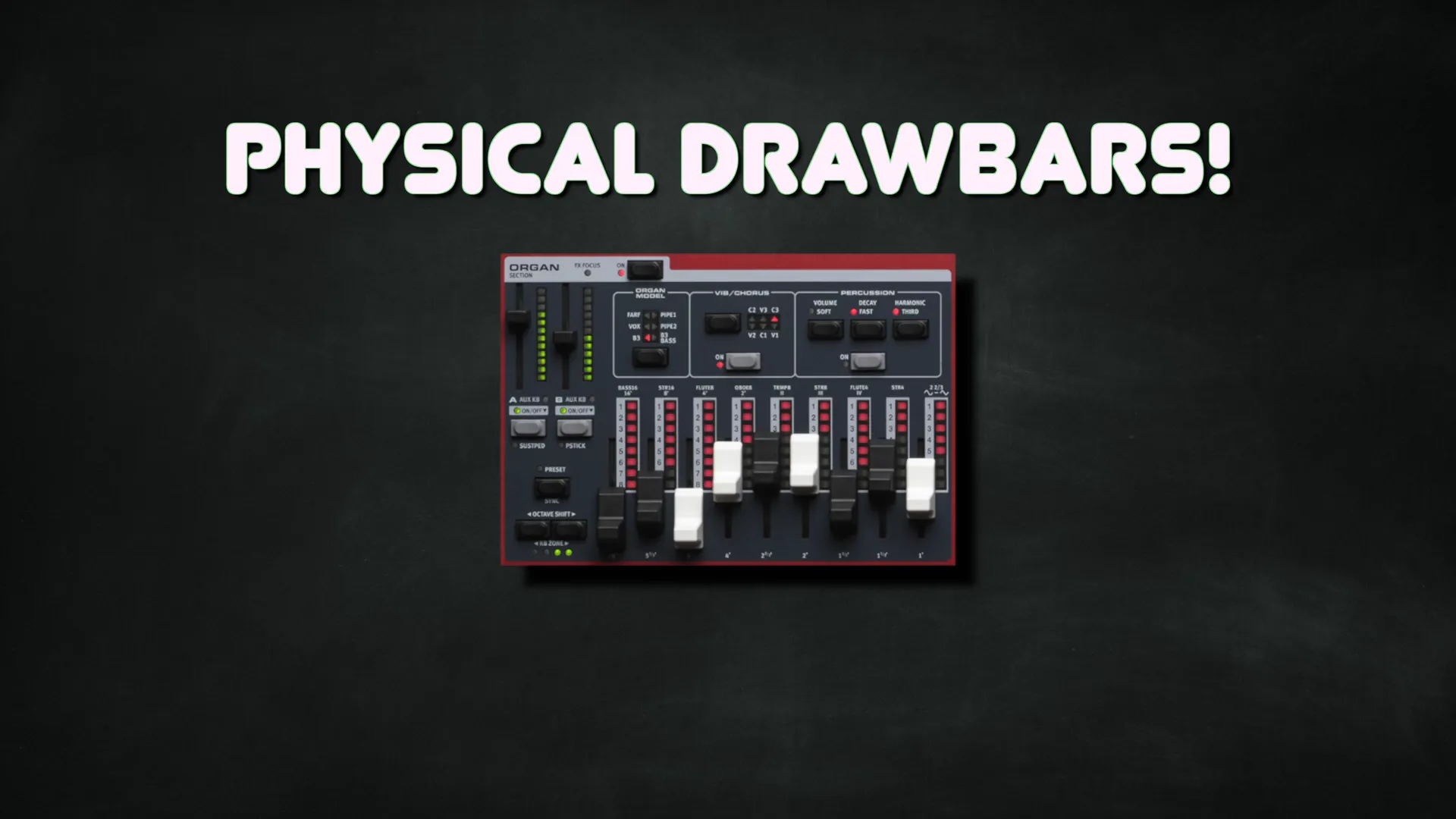
Wave 2 Synth Engine Integration
The integration of the Wave 2 synth engine is arguably my favorite upgrade. Previously, I owned the Nord Wave 2 and loved it. Now, it’s built into the Stage 4. While the Stage 3 had two synth layers, the Stage 4 provides three, allowing for richer sound design.
The synth engine has features like a polyphonic arpeggiator and pattern modes that were absent in the Stage 3. With 48 voices for synth instead of 34, you have a lot more room to create layered sounds. This improvement opens up a world of possibilities for sound designers and performers alike.
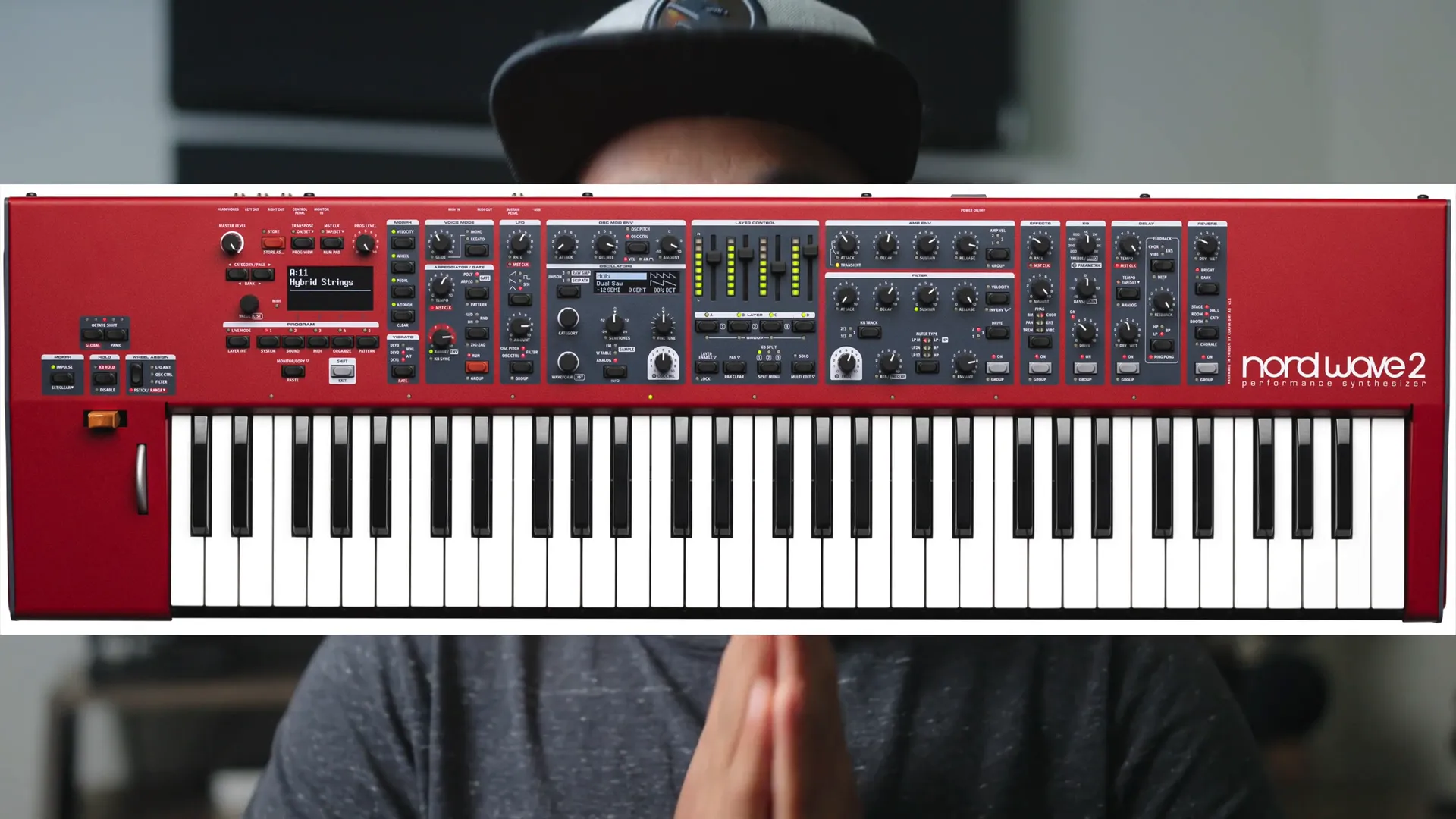
Sample Memory Expansion
Another exciting feature is the increased sample memory. The Stage 4 boasts one gigabyte of sample memory compared to the 480 megabytes in the Stage 3. This is a substantial increase, particularly for those who work with custom samples.
Having more memory means you can load in larger, higher-quality samples without running into issues. This is a game changer for musicians who want to incorporate unique sounds into their performances.

Effects: A Significant Upgrade
Effects have also seen a major upgrade. Each engine can now access effects simultaneously for each panel. This means you can apply effects to your piano and synth without having to choose between them, which was a limitation in the Stage 3.
This feature greatly enhances sound design capabilities and allows for more complex layering. You can have a lush piano sound with delay while simultaneously using effects on your synth sounds. This flexibility is particularly useful for live performances and studio work.
Should You Upgrade?
Now that we’ve covered the main features, the question arises: should you upgrade to the Nord Stage 4? It largely depends on your needs as a musician.
- Sound Designers: If you’re into sound design and patch creation, the Stage 4 is a no-brainer. The enhancements in synth engines and effects are worth the investment.
- Producers: If you're looking for a main keyboard or a centerpiece for your studio, I highly recommend this board, especially if it’s within your budget.
- Gigging Musicians: Consider your workflow. The Stage 4 could potentially replace your second board, covering a lot of ground with its capabilities.
- Beginners or Aspiring Students: Weigh your commitment to music. If you’re serious and plan to invest in your musical journey, the Stage 4 will serve you well for years to come. However, if you’re unsure, it might be best to hold off.
Conclusion
In conclusion, the Nord Stage 4 is packed with features that enhance playability, sound design, and overall performance. If you’re serious about your music, this keyboard will not disappoint. For me, I’m definitely upgrading, as it aligns perfectly with my needs as a pianist and producer.
As always, if you have any thoughts or questions, feel free to share in the comments. Happy playing!
